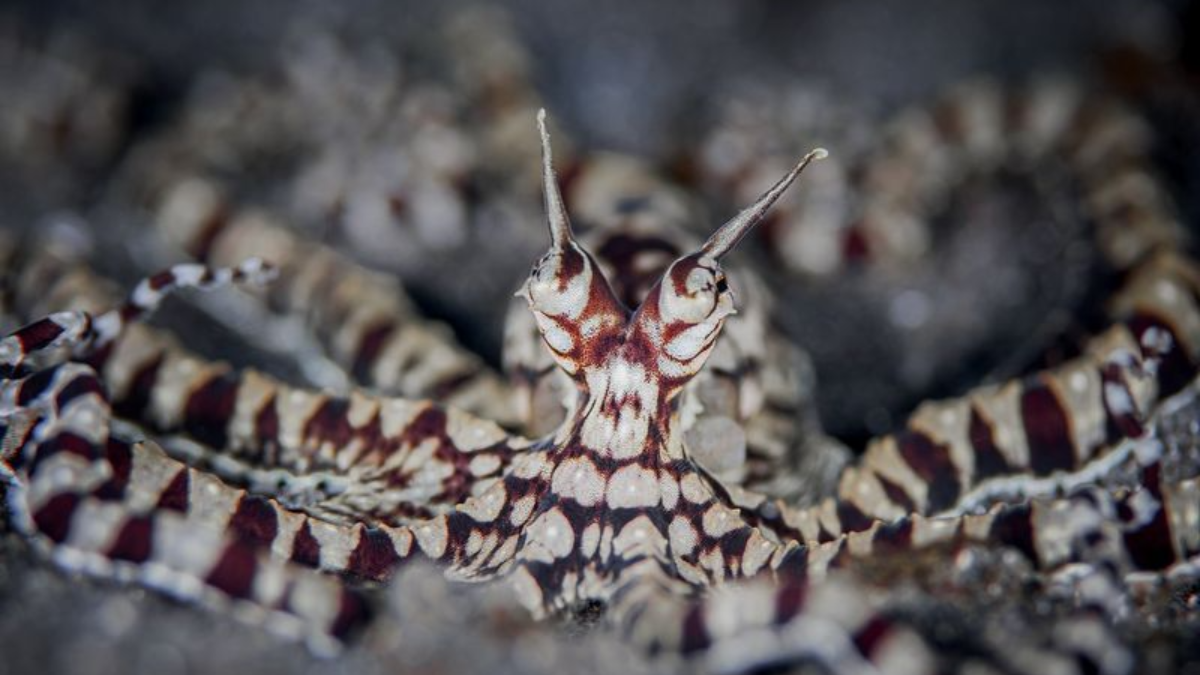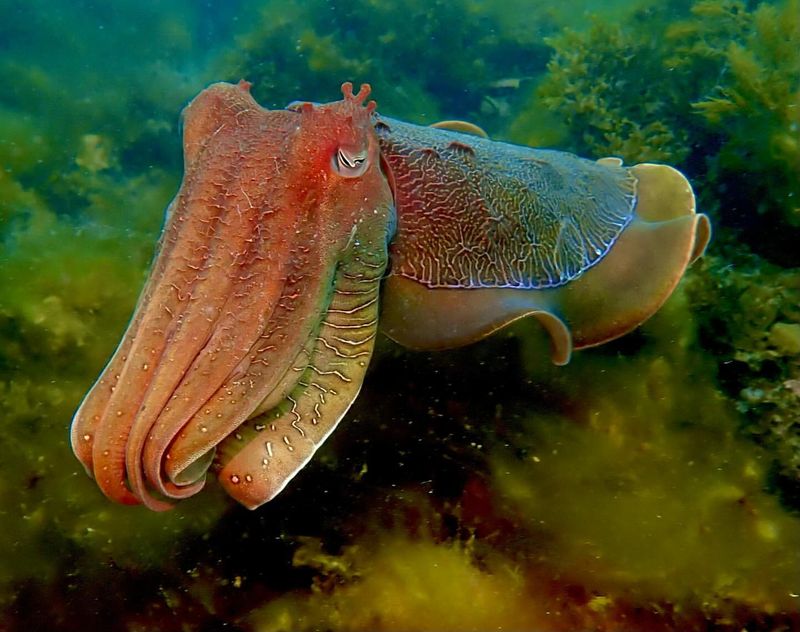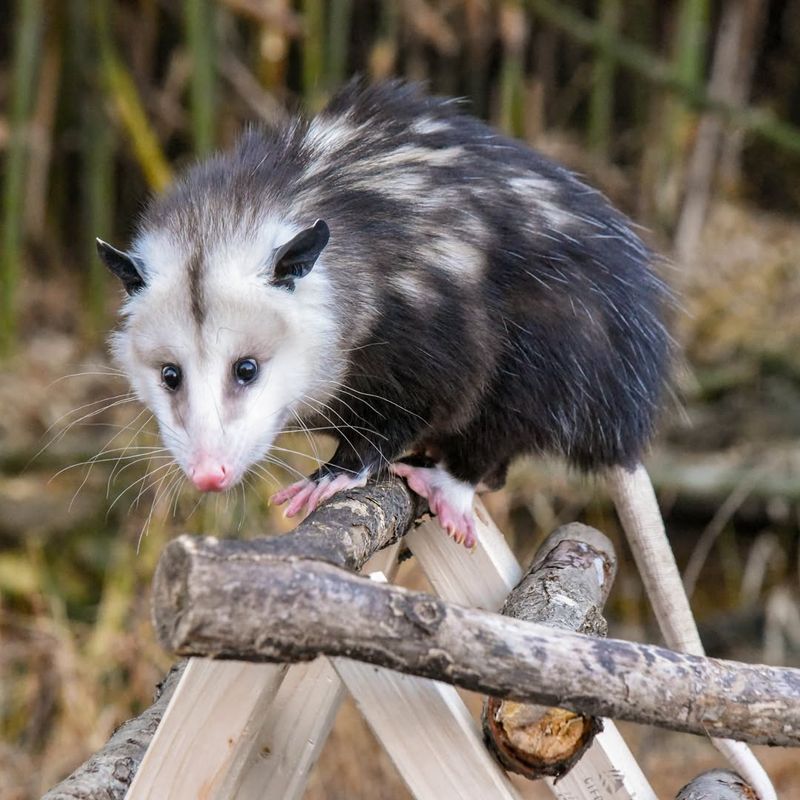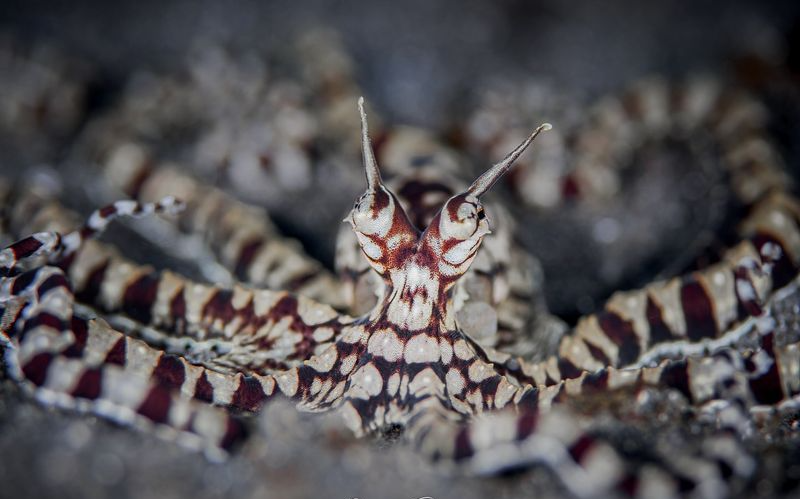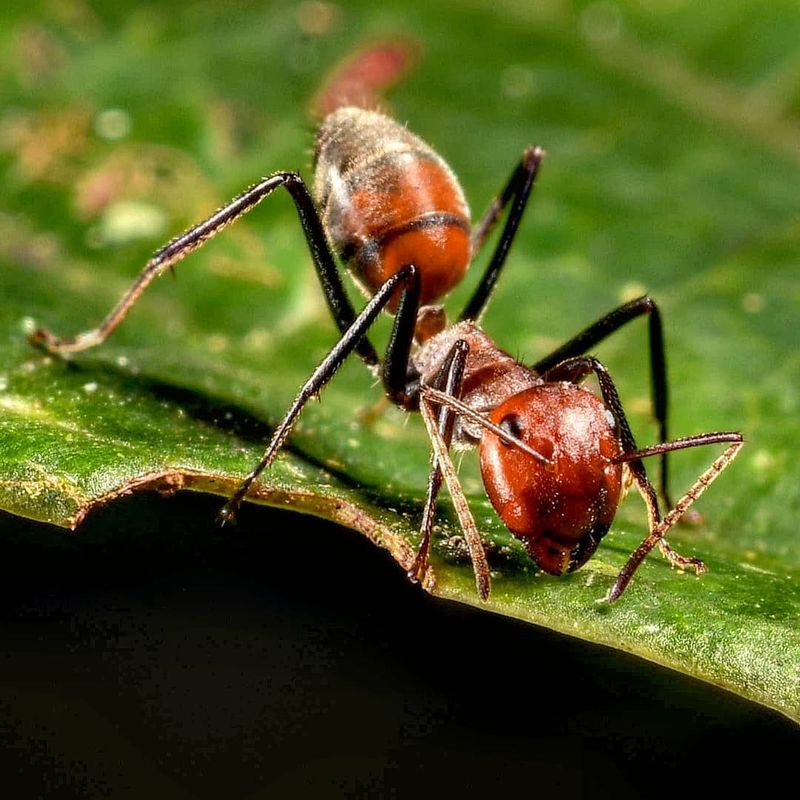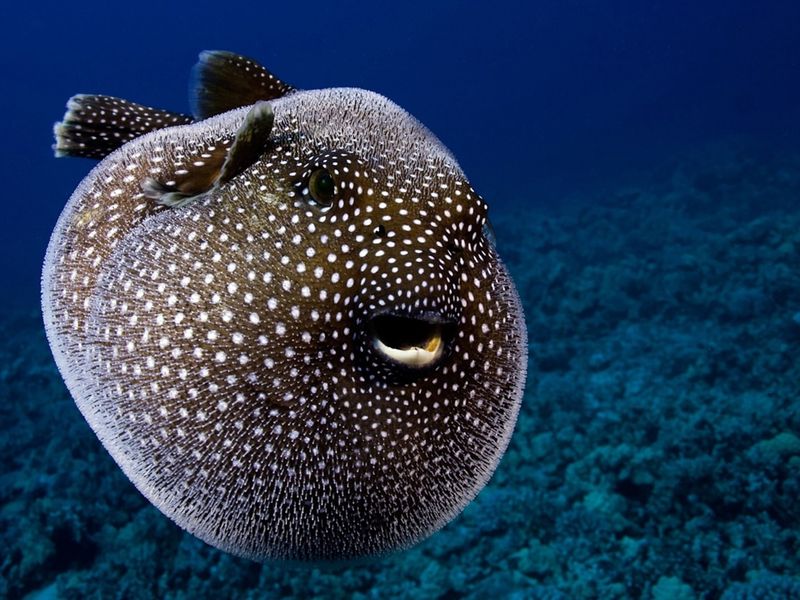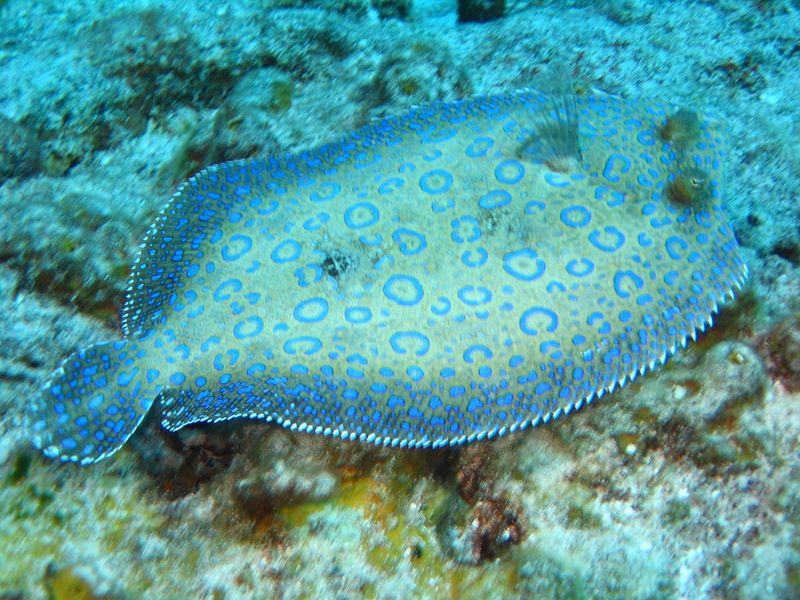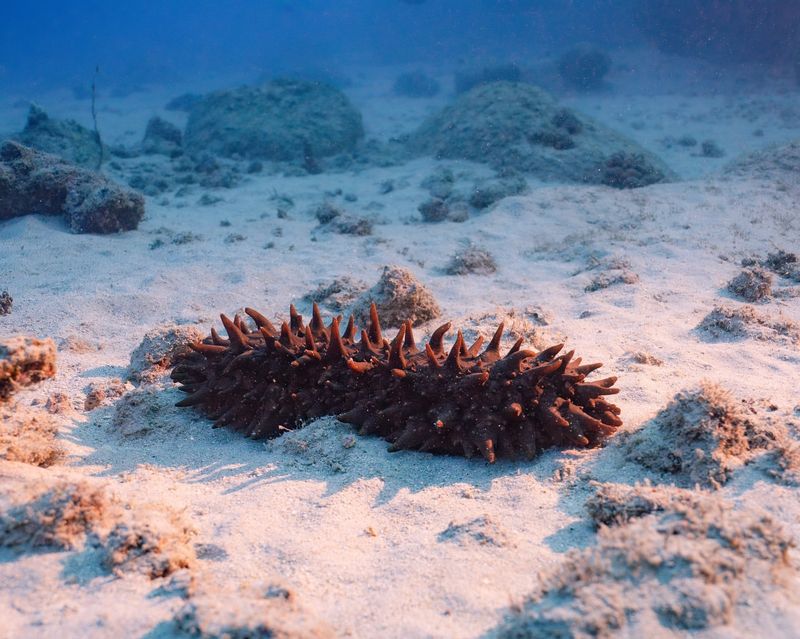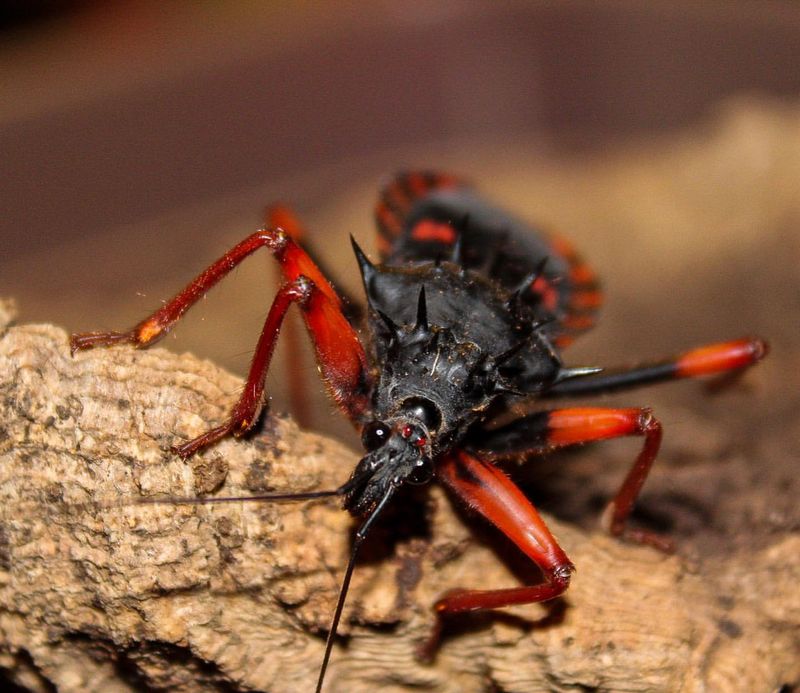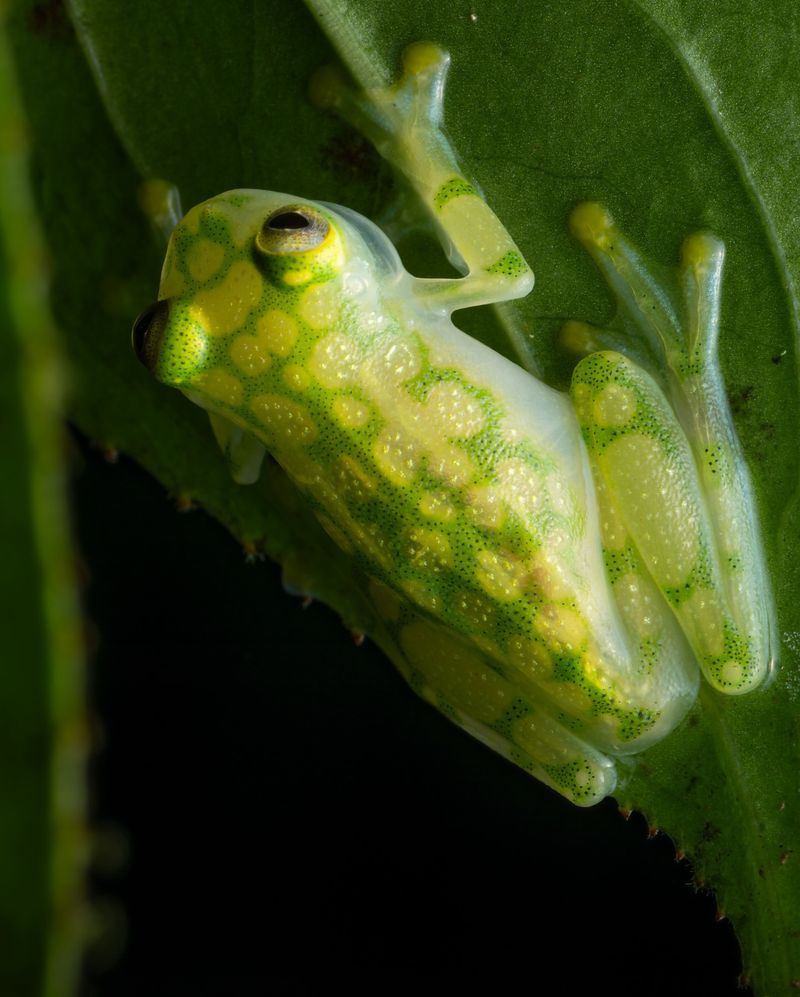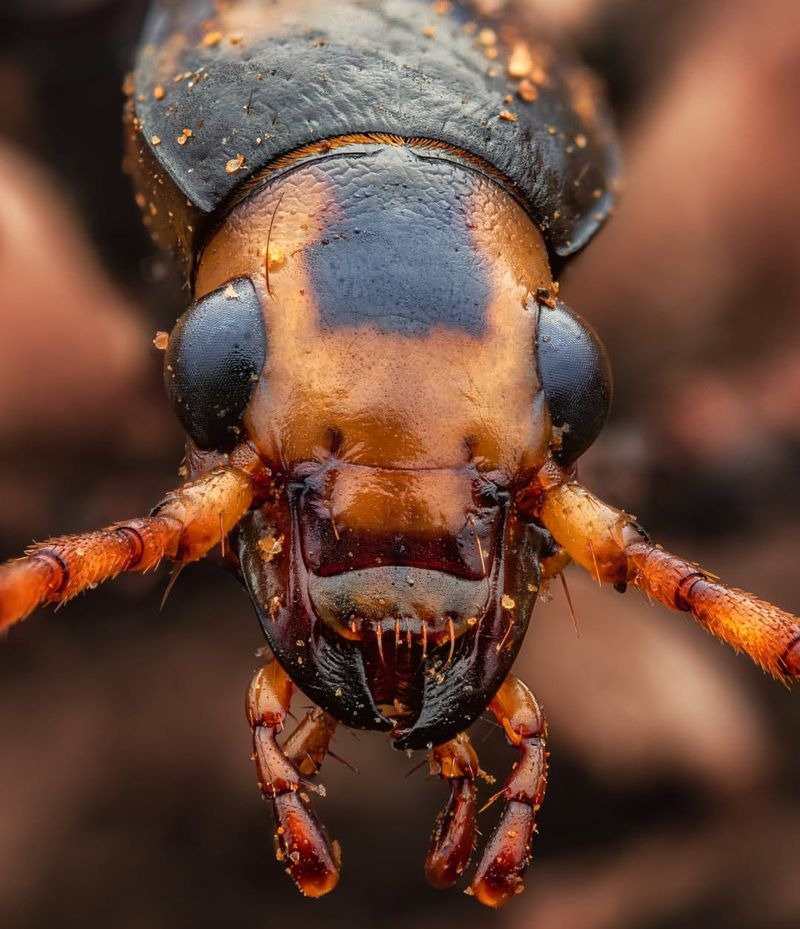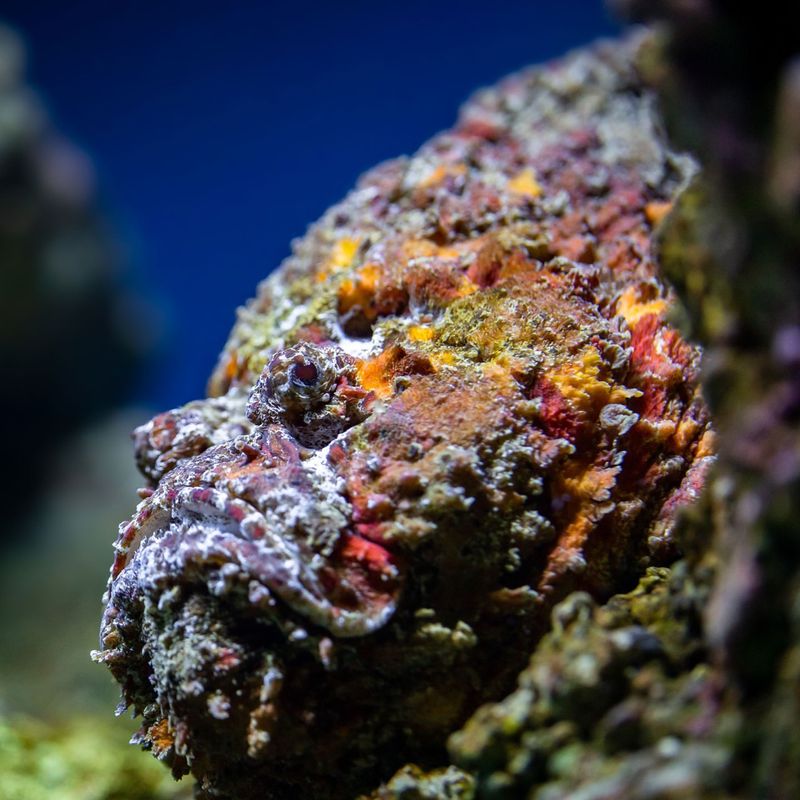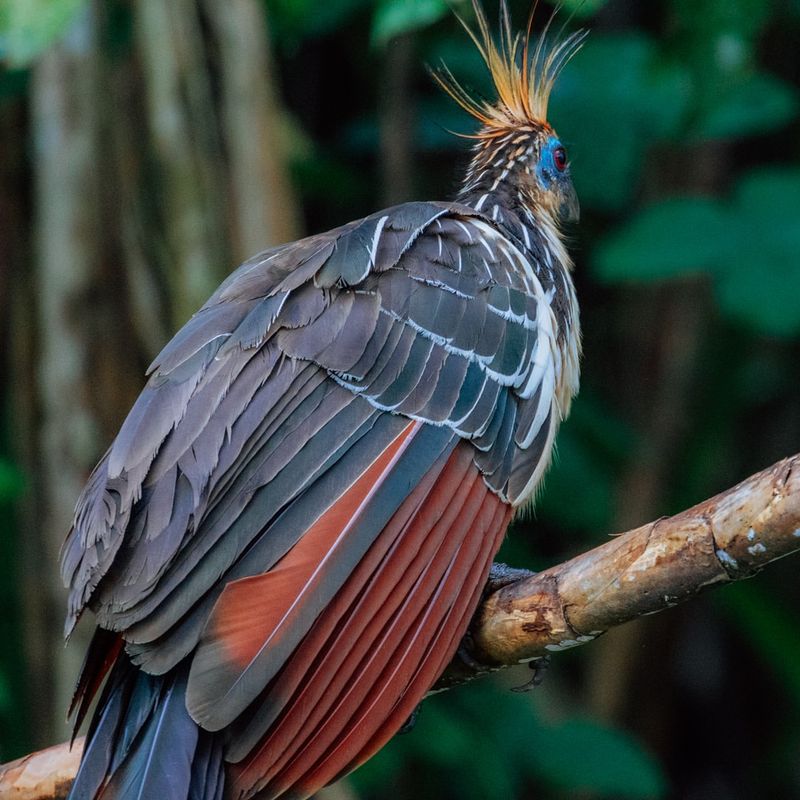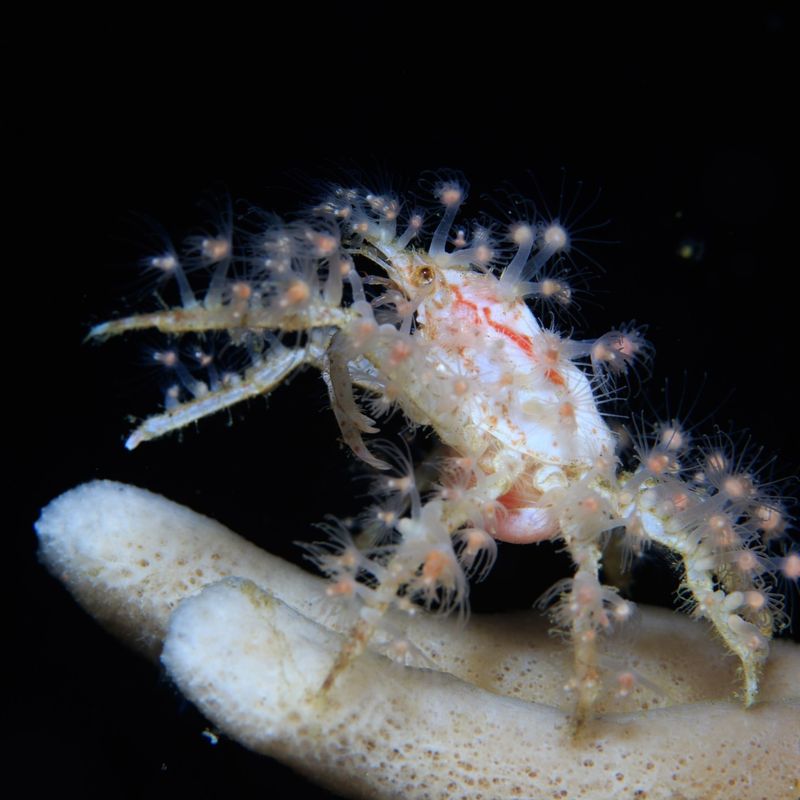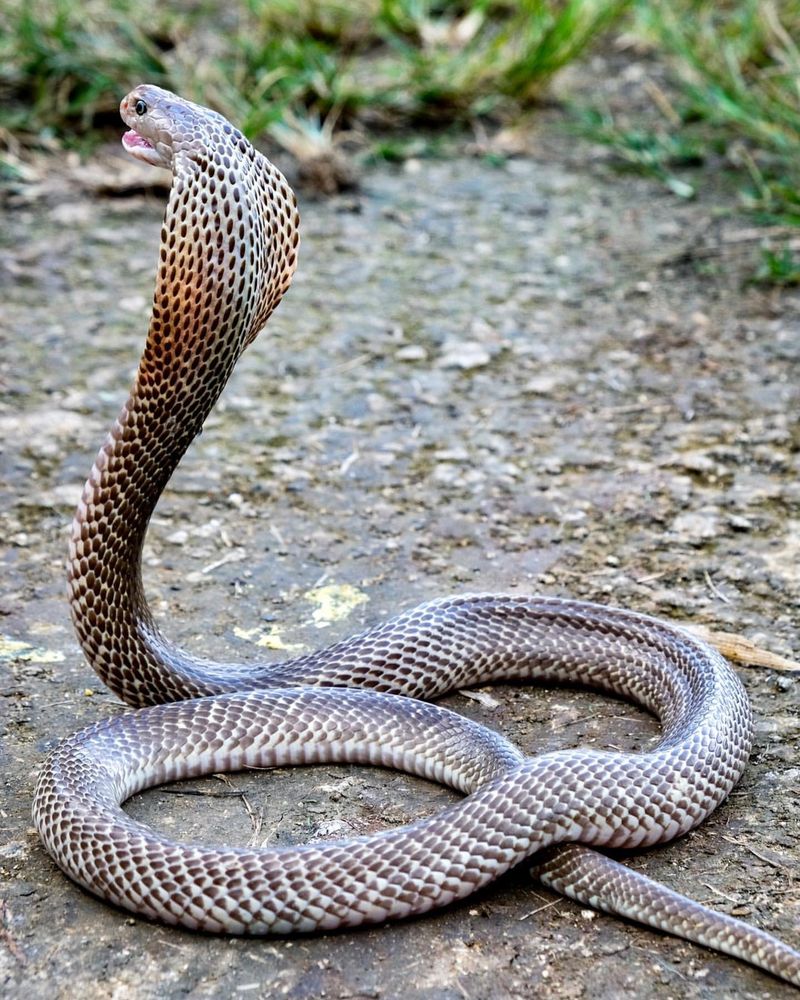📖 Table of Content:
Nature has its fair share of drama, and no one knows this better than the animals trying to avoid becoming someone else’s lunch.
While some creatures blend in, others go full Hollywood with Oscar-worthy performances, explosions, and bizarre strategies that’ll leave you wondering how evolution comes up with this stuff.
Ever heard of a lizard that shoots blood from its eyes? Or an ant that explodes itself to protect its colony? Yep, that’s happening in the animal kingdom.
So buckle up—this list of 15 mind-blowing animal survival tricks will have you shaking your head in amazement, laughing at the audacity of some of these moves, and maybe even rethinking who’s really at the top of the food chain.
15. Cuttlefish
The cuttlefish isn’t just an animal—it’s nature’s version of James Bond. Armed with color-changing skin cells called chromatophores, these masters of disguise can alter their appearance in the blink of an eye.
Need to blend into a coral reef? No problem. Want to look like sand at the bottom of the ocean? Easy.
But here’s where it gets truly next-level: cuttlefish don’t just mimic colors; they can also change the texture of their skin to match their surroundings, making their camouflage almost impossible to detect.
They even use these abilities for communication, flashing complex patterns to signal mates or warn off rivals. And when all else fails, they emit a cloud of ink and jet away to safety.
Camouflage, misdirection, and a smoke bomb? These guys could teach a masterclass in stealth.
14. Opossum
Opossums might not look like fierce survivalists, but they have one of the most theatrical defense strategies in the animal kingdom.
When a predator gets too close, an opossum will go into “playing dead” mode—a dramatic flop to the ground, complete with an open mouth, limp limbs, and even a grotesque drooling effect.
If that wasn’t enough, they’ll emit a foul-smelling liquid from their anal glands to really sell the idea that they’re no longer a viable meal. This isn’t just acting; it’s an involuntary response triggered by extreme stress, almost like fainting.
The performance is so convincing that most predators will walk away, assuming the opossum is either dead or diseased. It’s nature’s version of “fake it ‘til you make it,” and for the opossum, it works like a charm.
13. Horned Lizard
When it comes to weird and wild defense mechanisms, the horned lizard is a true standout. Sure, it has a spiky body that screams “don’t mess with me,” but its real showstopper is its ability to shoot blood from its eyes.
Yes, you read that right. When threatened, the horned lizard increases the pressure in its sinuses until blood literally squirts out of its eye sockets, sometimes traveling up to three feet. This bloody spectacle is aimed directly at predators, particularly canines, who find the taste of the blood utterly disgusting.
As shocking as it sounds, the tactic works incredibly well, giving the lizard a chance to escape while its attacker is left both startled and grossed out. It’s not the most elegant survival strategy, but it’s certainly one of the most effective.
12. Mimic Octopus
If the mimic octopus were a contestant on a talent show, it would win every time. This incredible cephalopod doesn’t just blend into its surroundings; it takes mimicry to a whole new level by impersonating other sea creatures.
When faced with danger, it can transform its body to look like a venomous lionfish, a toxic flatfish, or even a deadly sea snake. What’s more, it doesn’t just mimic the appearance of these animals—it also copies their movements, making the impression even more convincing.
Scientists have observed mimic octopuses changing their disguises depending on the type of predator they encounter.
or example, if a predator is likely to avoid sea snakes, the octopus will adopt a snake-like form. It’s a brilliant strategy that makes this octopus not just a survivor but an absolute genius of the deep.
11. Malaysian Exploding Ant
The Malaysian exploding ant takes selflessness to a whole new level. When its colony is under attack, this tiny ant sacrifices itself by rupturing its body, releasing a sticky, toxic substance that can trap or deter predators.
This act of explosive heroism is made possible by specialized glands that store the toxic fluid. When the ant contracts its abdominal muscles, the glands burst, spraying the attacker with a cocktail of chemicals.
It’s a one-way ticket for the ant, but the sacrifice often saves the colony from harm. This strategy is a testament to the power of teamwork in the animal kingdom—sometimes, the survival of the many depends on the sacrifice of the few. It’s both tragic and awe-inspiring.
10. Pufferfish
When a pufferfish feels threatened, it doesn’t just puff up—it transforms into a spiky, unappetizing ball of “nope.” This inflation is achieved by rapidly gulping water (or air if it’s on land), expanding its body to several times its normal size.
For predators, this sudden transformation is both startling and discouraging. After all, who wants to eat something that looks like a floating cactus? But the pufferfish isn’t just relying on intimidation.
Many species are also incredibly toxic, containing a substance called tetrodotoxin that’s lethal to most predators—and even humans.
This dual defense system makes the pufferfish one of the ocean’s most untouchable creatures. It’s like having a personal forcefield and a poison warning label all in one.
9. Peacock Flounder
This animal takes the art of invisibility to new depths. With a body that’s as flat as a pancake, this fish can lie flush against the ocean floor, becoming nearly indistinguishable from its surroundings.
Its skin contains specialized cells called chromatophores that allow it to change color and pattern almost instantaneously. Whether it’s blending into sand, coral, or rocky seabeds, the flounder is a master of disguise.
This ability doesn’t just help it avoid predators—it also makes it an effective ambush predator itself, lying in wait for unsuspecting prey to swim too close. It’s the perfect balance of stealth and strategy, proving that sometimes the best way to survive is simply not to be seen.
8. Sea Cucumber
The sea cucumber might not look like much, but it has one of the most bizarre defense mechanisms in the animal kingdom. When under threat, it ejects its internal organs through its anus, creating a slimy, sticky distraction that confuses predators.
While the predator is busy trying to figure out what just happened, the sea cucumber makes its getaway.
Amazingly, the cucumber doesn’t die from this dramatic act—it simply regenerates its lost organs over time. This self-sacrificing strategy might seem extreme, but in the high-stakes world of survival, it’s a small price to pay to live another day.
7. African Assassin Bug
This crafty little insect covers itself in the remains of its prey, using the discarded exoskeletons as a grotesque yet highly effective disguise.
By wearing this “armor,” the assassin bug not only hides from its enemies but also gives off the impression of being something far more dangerous.
This macabre form of camouflage doubles as a warning to potential attackers, saying, “Mess with me, and you’ll end up just like these guys.” It’s both resourceful and chilling, proving that the best defense is sometimes the creepiest.
6. Glass Frog
Imagine being so transparent that you’re practically invisible—this is the superpower of the glass frog.
With skin so clear you can see its internal organs, the glass frog blends seamlessly into its surroundings, particularly on the underside of leaves where it rests. This transparency makes it incredibly difficult for predators to spot, offering the frog a near-perfect camouflage.
But there’s more to its survival than its see-through skin. When predators do get close, glass frogs can leap great distances, making them even harder to catch. Combine their camouflage with their agility, and you’ve got a tiny amphibian that’s as hard to pin down as a ghost in the rainforest.
5. Bombardier Beetle
When threatened, the bombardier beetle unleashes a boiling hot spray of chemicals from its abdomen, aiming directly at its attacker.
This spray isn’t just hot—it’s a scalding mix of hydrogen peroxide and other chemicals that can reach up to 100°C (212°F). The beetle achieves this feat through a specialized reaction chamber in its body, where chemicals mix and ignite with explosive force.
The result? A predator is left burned, stunned, and very unlikely to make a second attempt. It’s a defense mechanism that combines precision, power, and a serious “don’t mess with me” attitude.
4. Stonefish
The stonefish is the ultimate ambush predator and a master of “look but don’t touch.” With its rough, rock-like appearance, it blends perfectly into the seabed, lying in wait for both prey and predators.
But this isn’t just a passive defense strategy—stonefish are armed with venomous spines that pack a punch.
If a predator—or an unlucky swimmer—gets too close, the stonefish delivers a sting that’s not only excruciatingly painful but potentially fatal. It’s the marine equivalent of a booby trap, proving that still waters really do run deep—and deadly.
3. Hoatzin
This isn’t your typical rainforest bird. For starters, it smells terrible. Thanks to its diet of leaves, the hoatzin ferments its food in a digestive process similar to that of cows, resulting in a pungent odor that deters predators.
Nicknamed the “stink bird,” it’s not exactly the kind of creature predators are eager to snack on. But there’s more to the hoatzin’s survival than its smell. Juveniles have claws on their wings that they use to climb trees, adding a prehistoric vibe to this quirky bird.
Between the stink and the claws, the hoatzin has carved out a unique niche in the rainforest, proving that sometimes, being weird is the best way to survive.
2. Decorator Crab
The decorator crab is the ultimate DIY survivalist. This crafty crustacean plucks bits of algae, coral, and debris from its environment and attaches them to its shell, creating a custom-made camouflage suit.
This disguise not only helps the crab blend into its surroundings but also acts as a deterrent for predators, who often mistake it for an unappetizing lump of ocean junk.
What’s even more impressive is the crab’s ability to adapt its decorations depending on its habitat, ensuring it always stays one step ahead of hungry predators. It’s nature’s version of upcycling, and this crab has mastered the art.
1. King Cobra
When the king cobra feels threatened, it doesn’t waste time hiding—it goes on the offensive. Rising up to six feet off the ground, it flares its iconic hood and emits a deep, menacing hiss that can be heard from yards away.
The display is both intimidating and effective, often scaring predators away without the need for a fight.
But if push comes to shove, the king cobra has venom potent enough to take down an elephant, making it one of the most feared predators in the animal kingdom.
Despite its fearsome reputation, the king cobra is a relatively shy snake, only attacking when provoked. But when it does, it reminds everyone why it’s the ruler of its domain.
